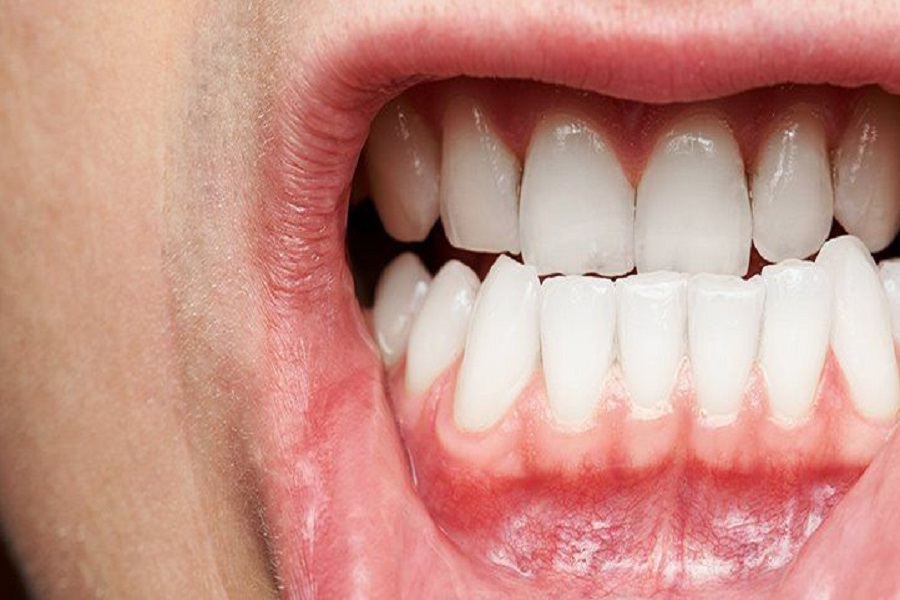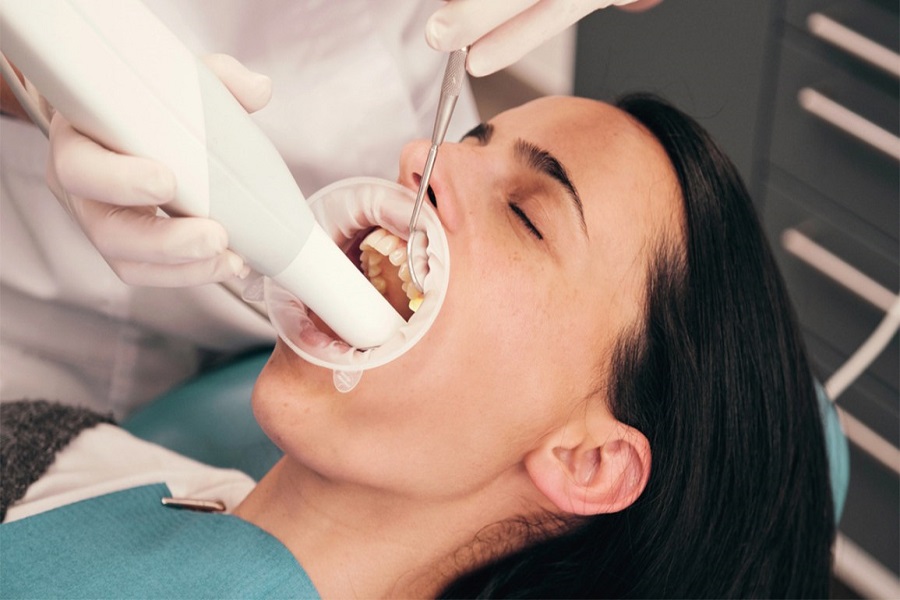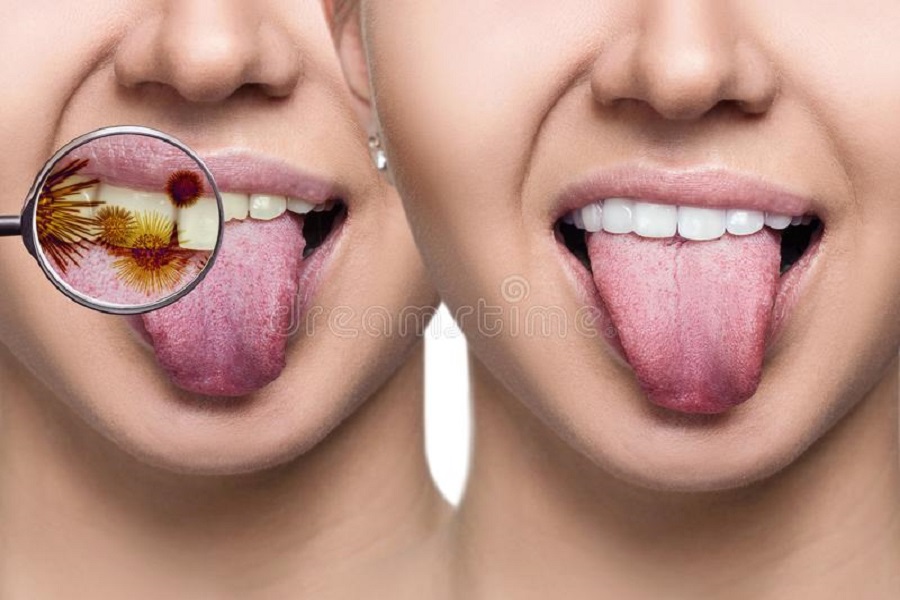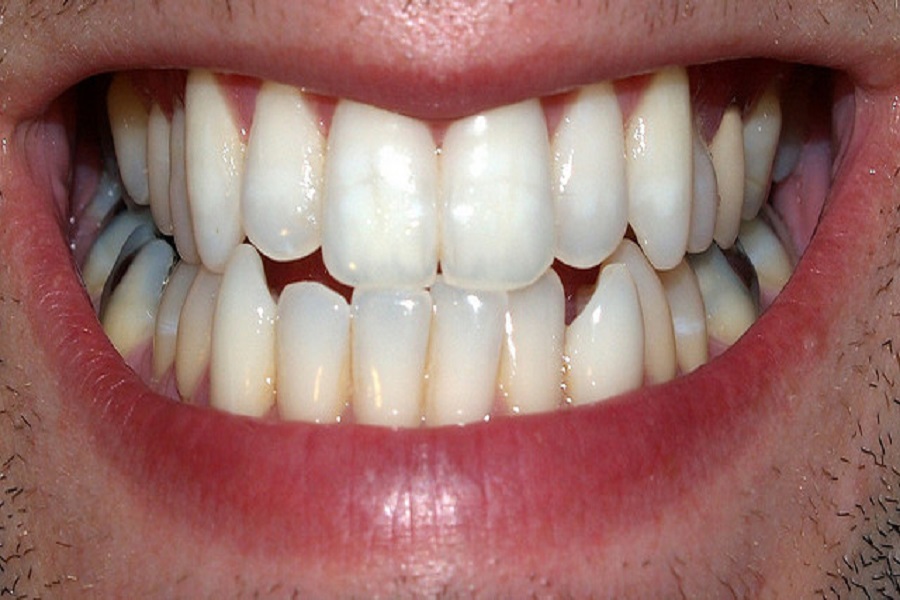1. Gum color: Normal gums are pink, and free gums and gingival papillae become dark red or dark red when suffering from gingivitis, which is due to the congestion and hyperplasia of blood vessels in the connective tissue of the gums.
2. Gum appearance: When suffering from gingivitis, due to tissue edema, the gingival margin becomes thicker and no longer close to the tooth surface. The gingival papilla becomes round, blunt and hypertrophic. When the attached gingiva is swollen, the stippling can also disappear, and the surface is smooth and shiny. .
3. Texture: When suffering from gingivitis, due to the edema of connective tissue and the destruction of collagen, the gums can become soft and fragile and lack elasticity.
4. Gingival sulcus depth: When the periodontal tissue is healthy, the gingival sulcus depth is generally not more than 2mm. When the gums are inflammatory, swollen or hyperplasia, the gingival sulcus can be deepened by more than 2mm, forming a false periodontal pocket.
5. Bleeding on probing: Healthy gums do not bleed when brushing or probing the sulcus. Gingivitis bleeds on the touch and bleeds on probing. Bleeding after probing is an important objective indicator for diagnosing gingival inflammation.
6. Increased gingival crevicular fluid: When the gums are inflamed, the gingival crevicular fluid exudation increases, and the white blood cells in it also increase significantly. Some patients may also have gingival crevicular pus. Therefore, measuring the amount of gingival crevicular fluid can be used as an indicator to judge the degree of inflammation.
7. Subjective symptoms: patients with chronic gingivitis often bleed when brushing their teeth or biting hard objects, or there are blood stains on the bitten food, which is the main reason to seek medical attention. But chronic gingivitis generally does not have spontaneous bleeding, which can be differentiated from bleeding gums caused by blood diseases and other diseases. Some patients occasionally feel discomfort such as local itching and swelling of the gums, as well as bad breath.






























